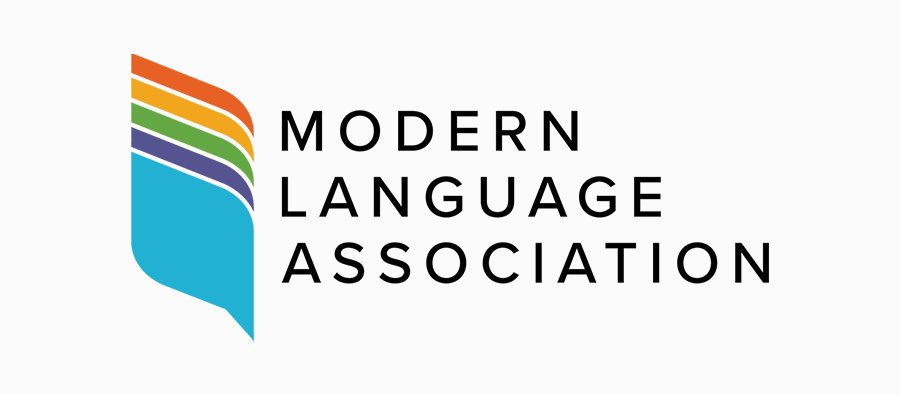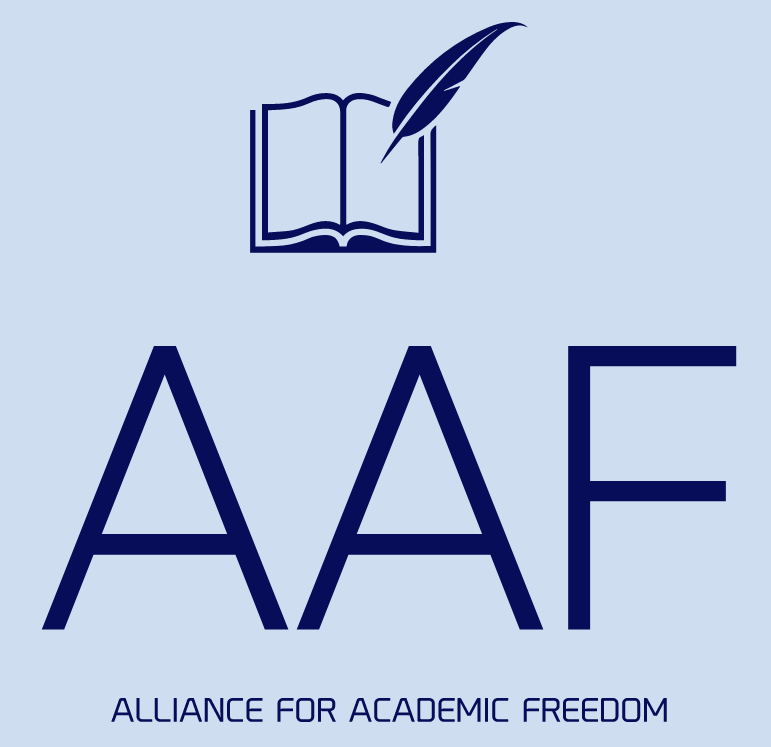THE ALLIANCE FOR ACADEMIC FREEDOM CONDEMNS THE MODERN LANGUAGE ASSOCIATION’S ILL-INFORMED ATTACK ON THE IHRA DEFINITION OF ANTISEMITISM
In June 2022, the executive committee of the Modern Language Association joined a chorus of critics who have attacked the International Holocaust Remembrance Alliance [IHRA] definition of antisemitism. It did so on grounds that were factually false and politically invidious. Such attacks—coming from a body ostensibly devoted to academic freedom—are pernicious, because they promote the idea that good-faith efforts to identify and understand antisemitism, such as the IHRA or other considered definitions of antisemitism, are inherently censorious and reactionary. The Alliance for Academic Freedom condemns the MLA statement and calls on the organization to take a strong stand in opposing antisemitism, including when it takes the form of efforts to demonize or delegitimize the Jewish state.
The IHRA definition was drafted in 2016 to help identify antisemitism in a variety of global situations, including expressions whose antisemitic content may not be apparent to the uninformed observer. It did so in part by providing specific examples that help us distinguish between the different claims that contemporary antisemitism promotes. Although initially well received and widely adopted by both nations and universities, it has recently come under attack from various political perspectives. These attacks frequently spread disinformation, especially the claim that the definition labels all criticism of Israel as antisemitic.
The MLA statement repeats this falsehood. It claims in one place that the IHRA definition would “label any criticism of the state of Israel as anti-Semitic.” In another place it says that definition “equates criticism of the policies of the state of Israel with antisemitism.”
The text of the IHRA definition shows clearly that these claims are false. In fact, the IHRA definition says the exact opposite of what the MLA alleges. The actual definition stipulates that “criticism of Israel similar to that leveled against any other country cannot be regarded as antisemitic.” Further, it says that “contemporary examples of antisemitism … could, taking into account the overall context, include” a series of items. By using the conditional could, and by insisting on attention to the “overall context,” the definition makes clear that it is not prospectively passing judgment on any real-world instance of alleged antisemitism. Yet the MLA ignores these carefully chosen phrases. Whatever one’s view of the effectiveness of the IHRA definition, surely responsible debate is not helped by its misrepresentation.
Lest we be misunderstood: We are not here calling for any organization to adopt the IHRA. Such decisions lie with individual institutions. Nor are we here arguing that the IHRA is the only useful definition of antisemitism. Moreover, as we have stated before, we do not believe that the IHRA—or any other definition of antisemitism—should ever be used to implement a speech code or to trigger sanctions for otherwise protected speech. We continue to oppose efforts to codify the IHRA as a federal law in ways that might risk its abuse; to enlist any definition of antisemitism in the service of narrow political agendas; or to punish anyone for merely holding a political viewpoint.
But the use of the working definition can encourage focused analysis and discussion of potentially antisemitic statements. Such discussions can bring in alternative definitions for clarification and complication. Adoption of the IHRA has already encouraged considerably more awareness of antisemitism and debate about its character. We think the IHRA has value as one of several such tools for identifying potential instances of antisemitism, precisely because of its detail and nuance and its insistence that contexts for speech be carefully analyzed. Without first understanding and identifying antisemitism, we cannot combat it and diminish its influence.
The work involved in establishing the context for a statement being evaluated should not be underestimated. While contexts adequate to evaluation may be readily provided for a person or an organization with an established history of antisemitism, other statements can be notably ambiguous. At the other end of the spectrum, establishing the full context for complex texts or scholarly essays can be quite challenging. It is thus misleading to discount this and other qualifications and reservations built into the IHRA itself.
In addition to distorting the actual content of the IHRA definition, the MLA statement of June 2022 is misleading because it links efforts to fight antisemitism to efforts to restrict the teaching of critical race theory or other controversial ideas about race. In effect, the MLA seeks to cast support for the IHRA as a right-wing, reactionary cause or censorious project, thereby tarring it in the eyes of most academics. But fighting racism and fighting antisemitism go hand in hand. The MLA’s efforts to claim otherwise amount to an Orwellian inversion.
By misrepresenting an analytical effort to help identify antisemitism—both its content and its political valence—the MLA disserves academic freedom. To maximize academic freedom, it is necessary that professors and students be able to distinguish evidence-based political and scholarly debate from antisemitic stereotypes, attitudes, rhetoric, symbols, and ideas. In seeking to negate good-faith efforts to promote such understanding, the MLA undermines the mission of informed scholarship and pedagogy and aligns itself with the forces of demagoguery.
ON BEHALF OF THE AAF EXECUTIVE COMMITTEE: SUSANA CAVALLO, DAVID GREENBERG, REBECCA LESSES, JEFFRY MALLOW, STAN NADEL, CARY NELSON (Chair)
Alliance for Academic Freedom
